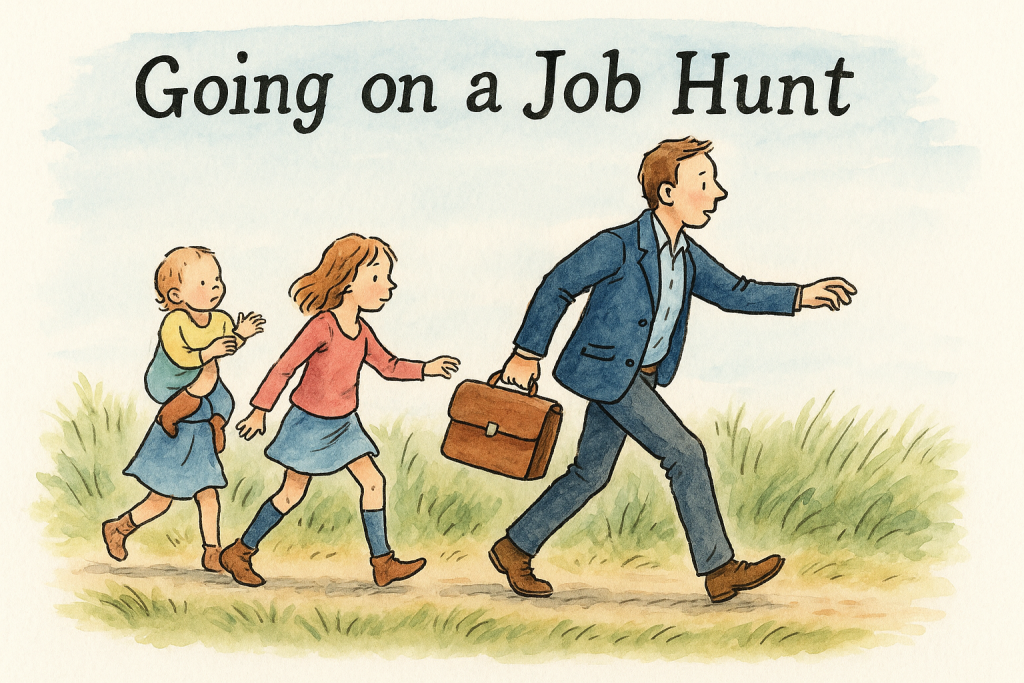Best practices guide steady teams—but in a shifting games industry, they can limit growth. Explore how to adapt when change is the only constant.
The games industry is no stranger to change. Whether it’s new platforms, new funding realities, or sudden shifts in team structures, we often find ourselves navigating uncertainty as we do now. There’s a strong temptation to cling to what’s worked before in times like these. Best practice. It’s safe. It’s defensible. It’s written down in decks and handbooks. But in moments of upheaval, best practice can quietly become a trap. Because sometimes, the path forward only becomes visible after you take the first step.
What Best Practice Is (and Isn’t)
At its heart, best practice is institutional memory. It’s the accumulated wisdom of what worked before, refined and repeated until it becomes standard. When you’re operating in a relatively stable context, best practice is invaluable. It speeds things up, reduces mistakes, and builds a common language across teams.
But it’s crucial to remember best practice is rarely universal. The production rhythm that suits a AAA studio with 300 staff might break an indie team of six. The tooling stack that streamlined development in 2020 might add drag in 2025. Best practice works best when the underlying conditions remain roughly the same. And that assumption doesn’t always hold.
Best Practice During Stability
In times of stability, best practice shines. It allows for reliable forecasting, process optimization, and risk reduction. You’re not reinventing the wheel; you’re using the best version of it. A proven milestone structure for a console launch title, for example, can help teams stay aligned and on schedule.
This is when best practice feels like a gift. It saves you time. It helps onboard new team members. It shows stakeholders that you know what you’re doing. But it works precisely because it’s based on known variables.
When the Ground Shifts
And then the ground moves. Maybe it’s a new market model. Maybe it’s a wave of layoffs that changes your team composition overnight. Maybe it’s GenAI, or a change in how players discover games, or a global pandemic.
In these moments, best practice can become a liability. Even if you follow the old playbook perfectly, it might still take you somewhere that no longer matters. Best practice has a way of speeding things up—sometimes right off a cliff.
This echoes what Margaret Heffernan has often argued: that efficiency is not the same as resilience. In complex environments, overly optimized systems may break under pressure, especially when they no longer fit the problem space.
Best Practice Needs a “First Practice”
Here’s something we don’t talk about enough: best practice follows action.
This is why Margaret Heffernan recently wrote that “new ideas come from new conversations.” In moments of uncertainty, doubling down on what we already know isn’t just limiting—it can be dangerous. If best practice is based on consensus and history, it might take radically different conversations to spark the next big leap. That doesn’t just require knowledge—it requires curiosity, diversity of thought, and sometimes the courage to sound naive. It’s retrospective. It is only possible because someone did something new, and it worked.
Someone, somewhere, had to take a risk. They had to try something unproven, in a fog of uncertainty. Only after their leap landed did we start measuring, documenting, refining. That original act? It didn’t follow best practice. It created it.
Before the metrics, there are pre-facts. The strange, slightly terrifying terrain before data exists. In this space, creativity and boldness aren’t just useful—they’re necessary. Ironically, many of the practices we now consider “best” were born in these uncharted places, by teams who had no map, only conviction. And yet, once their results solidify into charts and retros, we forget the fog they navigated through. We mistake the outcome for the process.
This is what strategist JP Castlin calls out in his writing on strategy as a set of principles, not rules. Strategy emerges through action, not abstraction. Best practices are what get written afterwards.
The Human Safety Net
There’s a deeper reason best practice lingers, even when it stops working: it protects us. Not just from failure, but from blame.
In uncertain times, recommending a best practice approach feels rational. If things go wrong, at least you did the smart thing. You can point to precedent. You won’t be accused of reckless innovation. In many organisations, this dynamic becomes self-reinforcing. Even as outcomes degrade, best practice keeps getting recommended. It’s safe. It has social proof. It requires no courage.
But systems that only reward safe choices often fail slowly. Quietly. Until they don’t.
The organizational theorist Donald Schön described this phenomenon in terms of the “learning systems” of professionals. We reflect in action when situations are novel. But once we stop reflecting—once we coast on routine—we stop learning, too.
Principles Over Practices
One way forward is to shift focus from practices to principles. Practices are what we did. Principles are why we did them.
Practices freeze in time. Principles evolve.
In disrupted environments, principles offer more resilience. “Validate assumptions early” is a principle. “Use a vertical slice milestone” is a practice. One might survive disruption. The other might not.
There’s a growing body of thought around this idea: emergent strategy (Mintzberg), minimum viable bureaucracy, and adaptive leadership. Each offers a language for navigating change without defaulting to rigidity.
Or consider Clayton Christensen’s warning in The Innovator’s Dilemma: doing what once made you successful may be exactly what makes you vulnerable next.
The Cynefin framework is another helpful lens: in complex or chaotic domains, “best practice” gives way to experimentation, sensing, and responding.
A Closing Thought
As spoken about before, I have a soft spot for the films of my childhood. In Indiana Jones and the Last Crusade, there’s a moment where Indy must cross a chasm with no visible bridge. You likely already know the one I mean—it’s etched into the memory of anyone who grew up on 80’s and 90’s films, including me1. That scene captures something I’ve carried into how I think about uncertainty and innovation. Unlike Indy, our leaps rarely come with a dramatic “bridge or death” ultimatum, to borrow from Eddie Izzard. But they can still feel like they do. The fear is real, even when the stakes are more subtle.
Some of the most enduring best practices came from teams that were brave enough to do what wasn’t best practice at the time. They acted before the facts. They trusted their judgment. They looked at a changing world and said: let’s try something else.
And maybe, years from now, their experiments will show up in someone else’s handbook.
But not yet.
Right now, they’re in the fog. And that’s where the future gets made.
Have you seen best practices hold a team back, or witnessed a moment when someone tried something new and it changed everything? I’d love to hear your stories. Drop me a note or share a comment. Maybe it’s time we all shared a few more leaps of faith.
- “No fate but what we make”, felt clunky, and was very light on best practice metaphors. ↩︎



